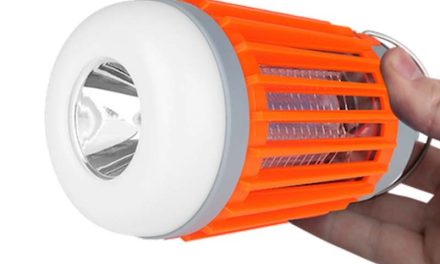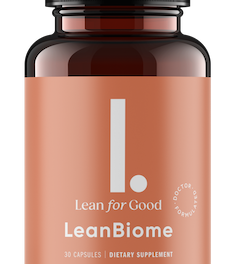Solar cells are made of silicon – this material is what allows the photovoltaic effect to occur. However, it can be used differently, which is why there are three most prominent types of PV modules on the market:
- Rigid monocrystalline panels are the most popular, most efficient and the most expensive type. Solar cells in this panel are made out of a single silicon crystal, which makes the production more expensive. The frames are made from aluminium.
- Rigid polycrystalline modules are slightly less efficient, but cheaper. Cells here are made of several fragments of silicon melted together, which makes the production easier.
- Thin-film panels are the least efficient type, plus their lifespan is shorter – only 10-15 years compared to 25+ years of other types. However, they are the cheapest type and are bendable, which makes them very easy to install.
There isn’t the best type per se. To choose the right solar panel for yourself, you have to base the decision upon your situation and your needs.
Solar panel color
You would think that color is a matter of preference, but here it is bound to different types of photovoltaics. Panels come primarily in two colors: black and blue. Monocrystalline ones are black and people mostly say that they look better on the roof. Polycrystalline panels are blue – they get this hue from an anti-reflective coating. Thin-film panels in theory can come in different colors, but mostly they are black as well.
Solar panel size
The size of a solar panel depends on its purpose. For residential systems, 300 Watt solar panels are the most popular size. For commercial installation, 350+ Watt modules are more widespread. PV modules in business systems are bigger: 72 or 96-cell are used instead of 60-cell panels that are popular in home installations.
Solar panel brand
There are dozens of brands on the solar market from all over the globe, but companies from the same region tend to approach the business similarly. Chinese manufacturers, like Trina or Longi Solar often make emphasize making a panel as cheap and as efficient as possible. North American brands, like Mission Solar, Silfab, and Canadian Solar, make panels that are reliable and budget-friendly. Korean and Japanese (Panasonic, Q Cells) companies make the most modern panels which cost a lot. We recommend at least going for a brand with a name, so that it is easier to get customer support, if needed.
Panel energy efficiency
Solar panel efficiency shows how much sunlight the panel can convert to electricity. So, the higher the efficiency, the better. The higher the efficiency of a module, the less space you need for a system overall. Currently, top monocrystalline panels reach an efficiency between 19%-21%. Polycrystalline modules efficiency is lower — 15-18%. Thin-film panels get better every year, and their efficiency has a wide range from 10% to 17% or even higher.
This concludes our short guide on how to choose the right solar panel. Don’t let the big world of solar discourage you and stay tuned for new articles!







Recent Comments